When choosing a new TV, monitor, or smartphone, the display type matters more than most people realize. The two main players are OLED and LCD, and both have clear strengths depending on how you use your device. Here’s a simple breakdown that helps you pick the right one without getting lost in jargon.
1. What is OLED?
OLED (Organic Light-Emitting Diode) panels produce light from each individual pixel. This means every pixel can turn completely off, giving you perfect blacks, vivid contrast, and incredible color depth.
OLED screens are found in most premium TVs and flagship phones like the iPhone 15 Pro and Samsung Galaxy S24 Ultra. Because they don’t need a backlight, they’re also thinner, more power-efficient, and flexible for curved displays.
Pros of OLED:
- True black levels & infinite contrast
- Wider viewing angles
- Faster response time for gaming
- More vibrant colors
Cons of OLED:
- Can suffer image retention (“burn-in”)
- Usually more expensive than LCD
2. What is LCD?
LCD (Liquid Crystal Display) panels rely on a backlight that shines through pixels to create the image. They’re more affordable and still used in many TVs, monitors, and smartphones today.
Newer LCD variants like IPS or LED-backlit displays improve brightness and color performance, making them ideal for office monitors, budget TVs, and mid-range smartphones.
Pros of LCD:
- Lower cost
- Excellent brightness for daylight use
- Long lifespan without burn-in risk
Cons of LCD:
- Blacks look more grayish
- Narrower viewing angles
- Slightly slower response times
3. OLED vs LCD: Which is Better for You?
For TV: OLED delivers cinema-grade contrast for movies & gaming. LCD (especially QLED) offers better brightness in well-lit rooms.
For Monitors: LCD is more practical for work & general use, while OLED excels in color-critical design or editing tasks.
For Smartphones: OLED wins for battery efficiency, color, and outdoor visibility.
Bottom line: OLED is the premium choice for visuals, LCD wins on affordability & durability.
4. Where You’ll See the Difference
If you watch lots of movies, game at night, or browse photos, you’ll notice the rich blacks and punchy colors of OLED immediately. For long work sessions, spreadsheets, or general browsing, LCD still offers excellent value and longevity.
Need help choosing or replacing a screen? Our team at My Touch Repairs can match the right display to your device & use case. Book your repair now for same-day service in Hobart.
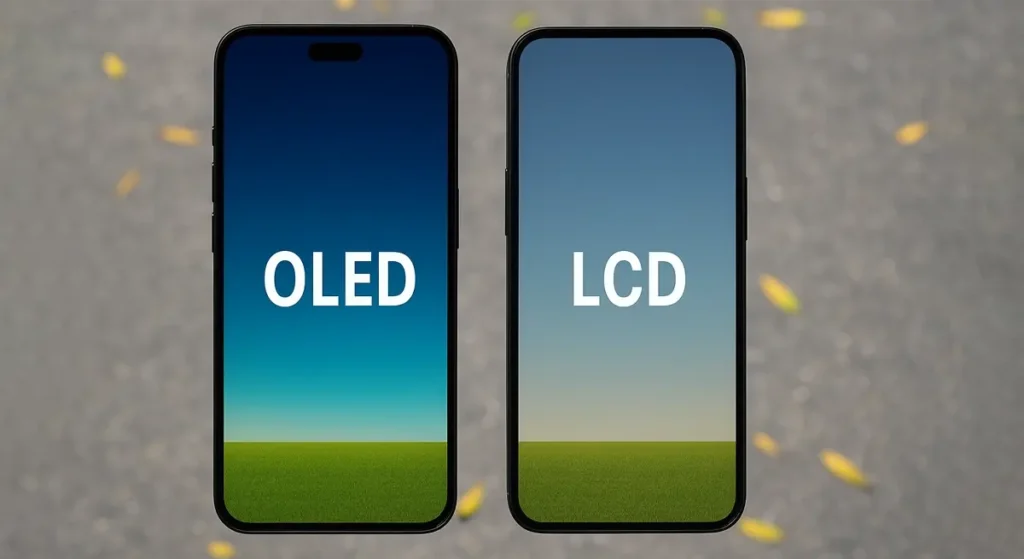


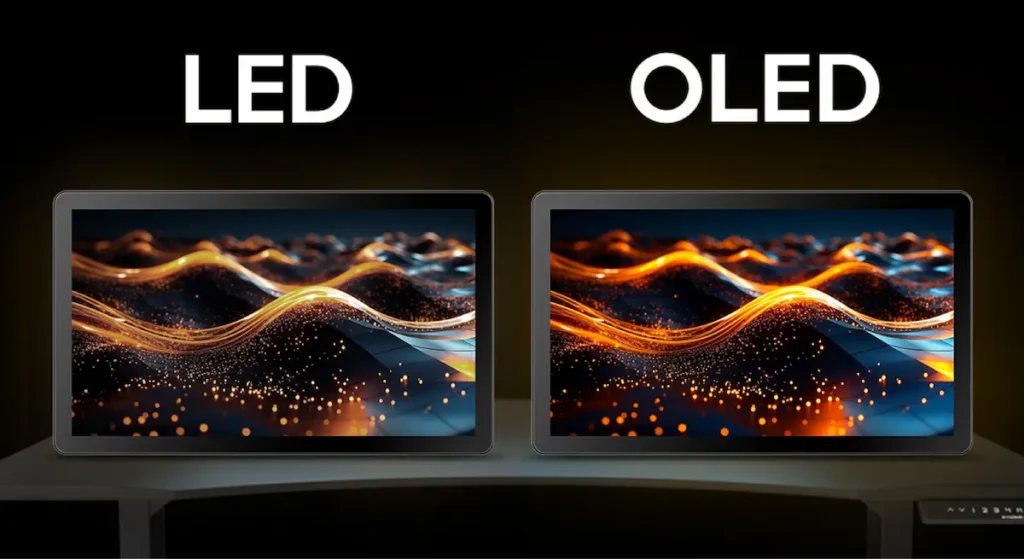

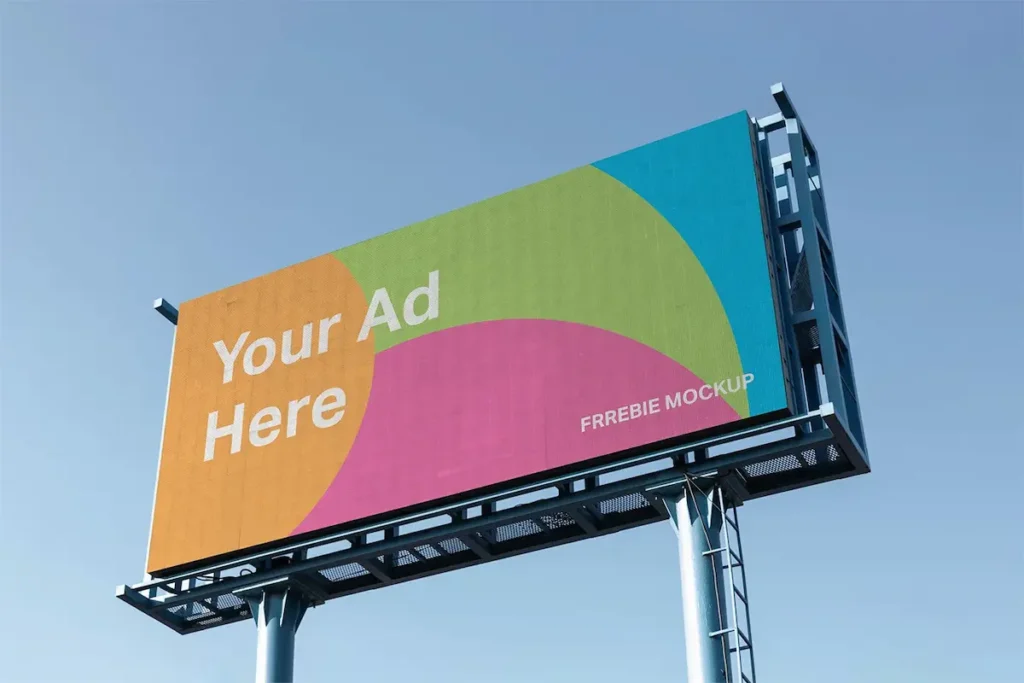
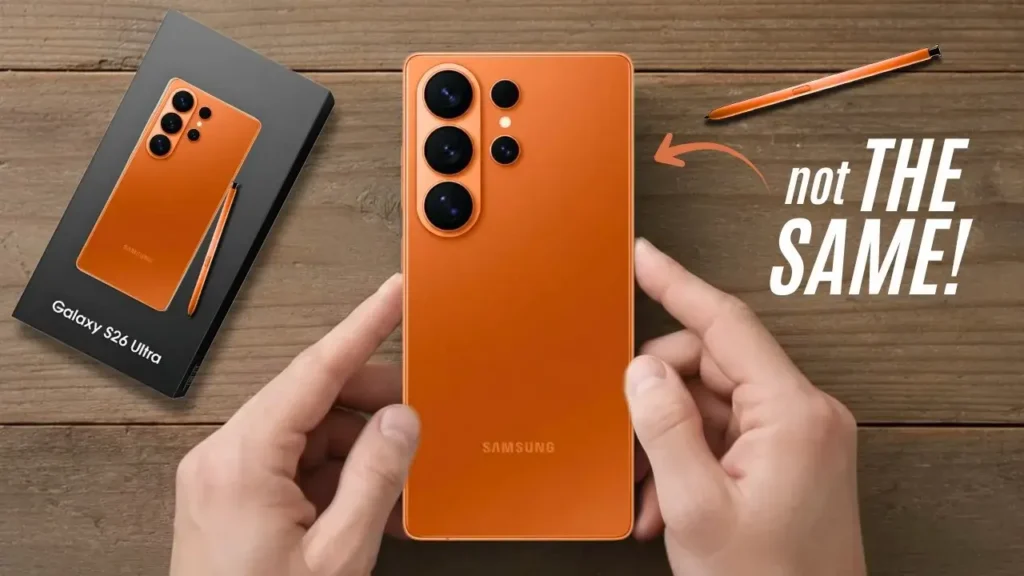
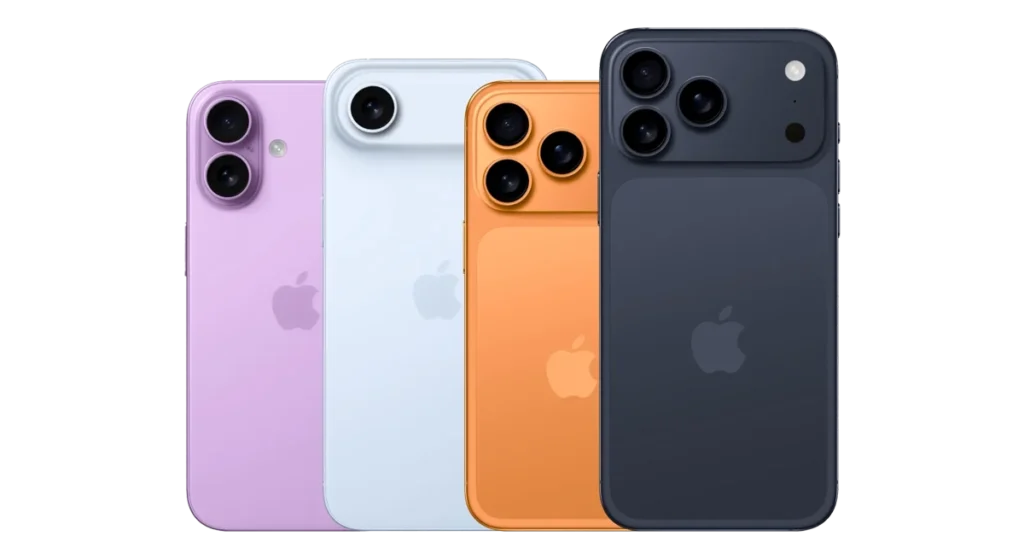
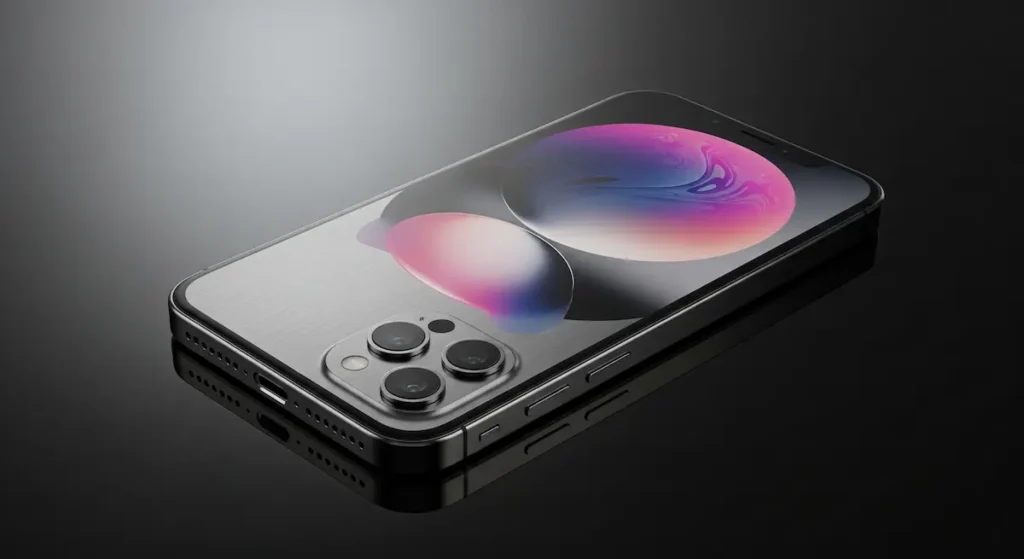
One Response
That’s a pretty nice and informative blog! Thank you for the information.